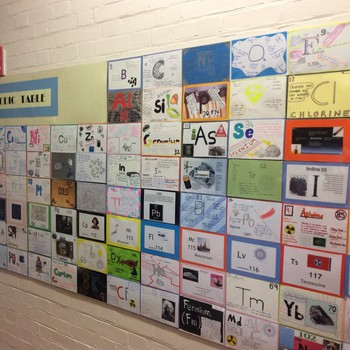If #NaCl# were to undergo electrolysis what terminal would you expect sodium to go to? Why?
1 Answer
Apr 3, 2018
Cathode.
Explanation:
Molten sodium chloride has free sodium and chloride ions. Sodium ions are positively charged. Chloride ions are negatively charged. During electrolysis ions migrate to oppositely charged electrodes and neutral atoms form through gain or loss of electrons.
Positive sodium ions (cations) are attracted to the negatively charged cathode and sodium atoms form by the ions gaining electrons and forming neutral atoms.
Negative chloride ions (anions) are attracted to the positive anode; lose electrons and form neutral atoms. Two atoms combine to form diatomic chlorine gas.
If however the sodium chloride is in aqueous solution preferential discharge will occur and hydrogen and not sodium will form at the cathode.

